Outsidepride Crimson Clover Seeds – 2 lbs. Annual, Nitrocoated, & Inoculated Ground Cover Seeds, Ideal Clover Seed for Lawn, Cover Crop, Pasture, Hay, Green Manure & Wildlife Forage
$44.95
- HIGH PROTEIN & NUTRIENT-RICH: Each of this Outsidepride clover seed blooms a Red crimson clover which offers a rich source of protein essential for the growth and health of whitetail deer and other wildlife animals such as the bee, rabbit, and butterfly, making them an ideal choice for forage and livestock pastures. Our clover seeds for deer can also be a part of clover seed food plot mix.
- VERSATILE & ADAPTABLE: Our Crimson clover seeds for lawn is perfect for hay production, cover crops, and enhancing soil quality when mixed with grasses. Our blooming clover seeds thrives in a variety of soil types, including sandy and clay, and is tolerant of medium soil acidity which makes it an excellent for use as , ground cover or winter cover crops seeds for garden.
- WINTER GRAZING & SOIL IMPROVEMENT: Our clover seeds for planting is an excellent late winter grazing crop when planted in the fall. Its crimson flower heads enhance soil texture, improving soil quality when used in conjunction with other cover crop seed mix options like rye grass, winter rye seeds cover crop or red clover seeds.
- NON-GMO & HEIRLOOM: Our non-GMO, open-pollinated crimson clover seed is coated and inoculated for optimal germination and growth, ensuring robust and productive plants. Ideal for those seeking clover seeds for lawn, ground cover seed, and perennial clover options.
- WILDLIFE MIXTURES & EASY SOWING: Sow at 1/2 – 3/4 lb per 1,000 square feet or 20 to 30 lbs per acre for best results, offering a high-quality, palatable cool-season forage for deer and other wildlife. They can be a great source of animal food grown right in your backyard.









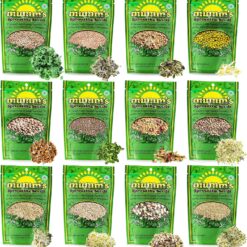
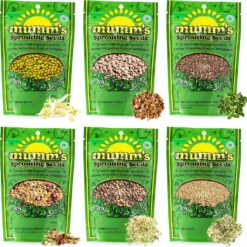
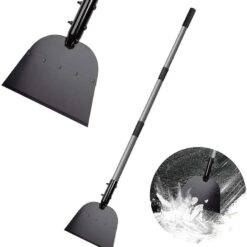
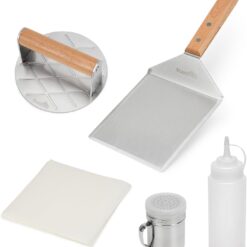



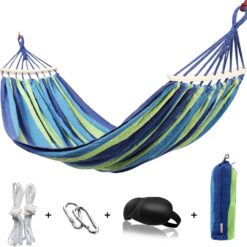
Reviews
There are no reviews yet.